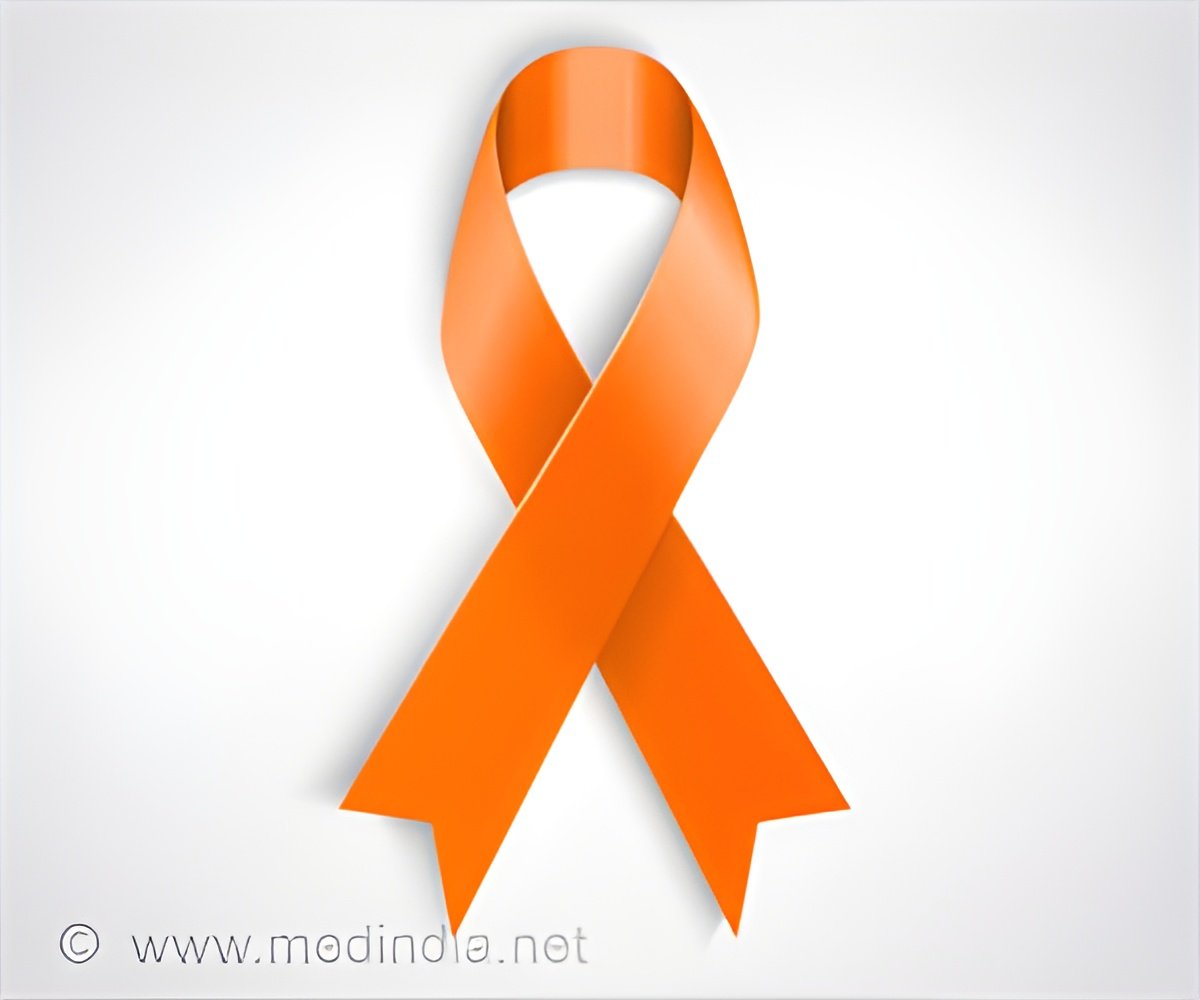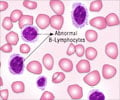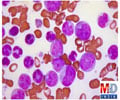Combination of two therapies, namely, the drugs azacitidine (AZA) and lenalidomide (LEN), could be an effective frontline treatment regimen for patients with higher-risk forms of AML.

The study, led by Guillermo Garcia-Manero, M.D., professor of leukemia at The University of Texas MD Anderson Cancer Center, shed new light on effective dosage schedule and amounts for the drugs, something previously unknown. The combination therapy was well tolerated in the study of 88 patients.
The study results were presented today by Courtney Dinardo, M.D., assistant professor of leukemia, at the 56th Annual Meeting of the American Society of Hematology (ASH) annual conference in San Francisco and were published in the Dec. 5 issue of the ASH journal Blood.
"Hypomethylating (HMA) agents such as AZA and LEN are currently the front line of therapeutic choice for patients with higher-risk MDS, and also frequently employed in elderly AML patients not otherwise eligible for standard intensive therapy," said DiNardo. "A number of combination strategies are under development to improve the results of HMA therapy. Given what we know about the effectiveness of AZA and LEN in patients with MDS and AML, a scientific rationale existed to explore this therapeutic combination strategy."
DiNardo's team evaluated the administration of AZA and LEN on days 6 to 10 of a 28-day cycle of treatment. The combination therapy appeared to be effective in patients presenting with as high as 30 percent blasts or abnormal blood/bone marrow cells.
"The responses were rapid with a median of two cycles for the drugs to be effective. Treatment with this dosage and schedule was well tolerated," said DiNardo.
Advertisement










